News
Climate Smart Agriculture: Back to the basics to fight climate change and hunger
Not all solutions need to be high-tech. Climate Smart Agriculture is transforming bare fields into bountiful harvests. Here’s how.
Read MoreThe latest IPCC report, published February 28, 2022, has reiterated that “human-induced climate change is causing dangerous and widespread disruption in nature and is affecting the lives and livelihoods of billions of people, despite efforts to reduce the risks.”
In February 2007, the Intergovernmental Panel on Climate Change published a report concluding that climate change was “very likely” to be caused by humans.
Since then, the evidence has only become more conclusive. Over the last 15 years, the deepening climate crisis has increased the frequency and impact of natural disasters. The next IPCC report, published in 2014, concluded that there was a 95% probability that human activities have warmed our planet over the last 50 years. The last five-year period was the warmest five years on record. The latest IPCC report, published February 28, 2022, has reiterated that “human-induced climate change is causing dangerous and widespread disruption in nature and is affecting the lives and livelihoods of billions of people, despite efforts to reduce the risks.”
Climate change is real, and it will continue to accelerate. The threat of global warming is an existential one for humankind. It’s also one that’s been driven by humankind. Here are some of the human activities that cause climate change — and some of the necessities that climate change has affected.
Humans are responsible for climate change largely due to our greenhouse gas emissions. Greenhouse gases trap heat from the sun as it passes through Earth’s atmosphere. There are some natural greenhouse gases, such as water vapor and carbon dioxide (CO2). But over time, humans have added more to the atmosphere, creating a massive heat trap.
The three largest greenhouse gases are carbon dioxide, methane, and nitrous oxide.
Greenhouse gas emissions are one of the two main ways humans have influenced the climate crisis. The other causes are activities that have affected the reflectivity of the earth’s surface, creating “heat islands” that are warmer than surrounding areas. Obviously, most of us don’t set out to add more CO2 to the atmosphere, or create a heat island in our hometown. So we present how these big changes break down into smaller, everyday events.
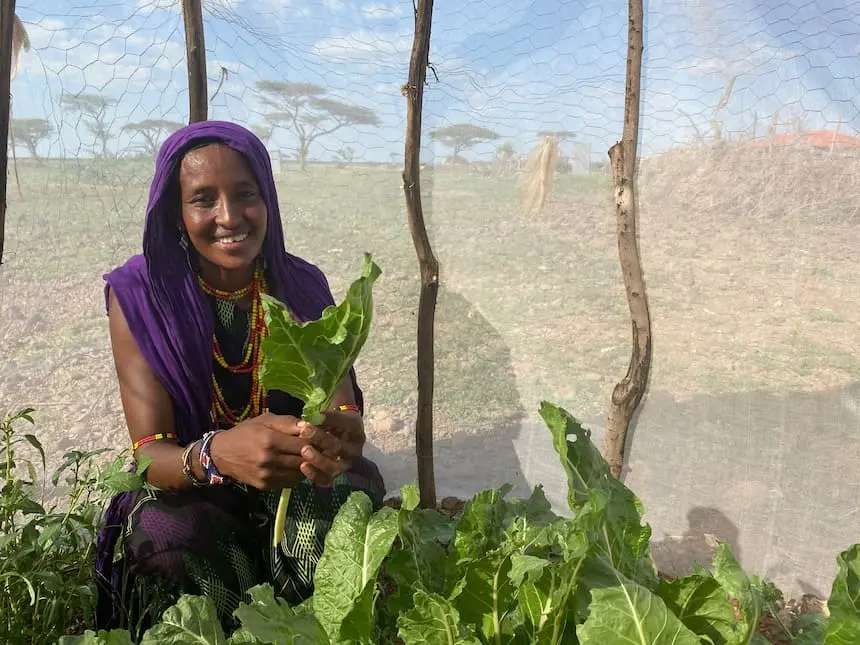
Burning fossil fuels — aka, coal, oil, and natural gas — produces carbon dioxide and nitrous oxide. The problem with this is that, for more than a century, we’ve relied on burning these fuels to power our cars and travel across continents in a matter of hours. In 2020, fossil fuels accounted for over 70% of all energy used in the United States.
Fossil fuels also power our homes, keeping the lights on and our rooms warm. Our Internet habits are also responsible here. Every email sent, movie streamed, or question Googled adds carbon dioxide to the ecosystem. This is a tiny amount for each activity online, but, added up, it equals 3.7% of global greenhouse gas emissions, or 1.4 billion tons per year. That’s roughly equivalent to the total annual emissions of Brazil, South Africa, and Turkey — combined — and is on par with the annual emissions of the pre-pandemic airline industry.
The environmental impact of our daily internet habits adds up to 3.7% of global greenhouse gas emissions — equal to the annual emissions of the pre-pandemic airline industry.
In addition to group chats and Wordle, data centres and servers are responsible for a large amount of our Internet-related greenhouse gases. This has especially intensified with the advent of blockchain technology. Bitcoin, the most popular cryptocurrency traded via blockchain, consumes more energy in a year than the country of Finland. This represents an increase in energy usage of 1000% in just five years.
Similarly, NFTs (non-fungible tokens) were one of the most popular buzzwords of 2021. However, the sale of one piece of crypto art consumed more electricity than the artist’s studio used in two years — and each subsequent sale will add to its carbon footprint.
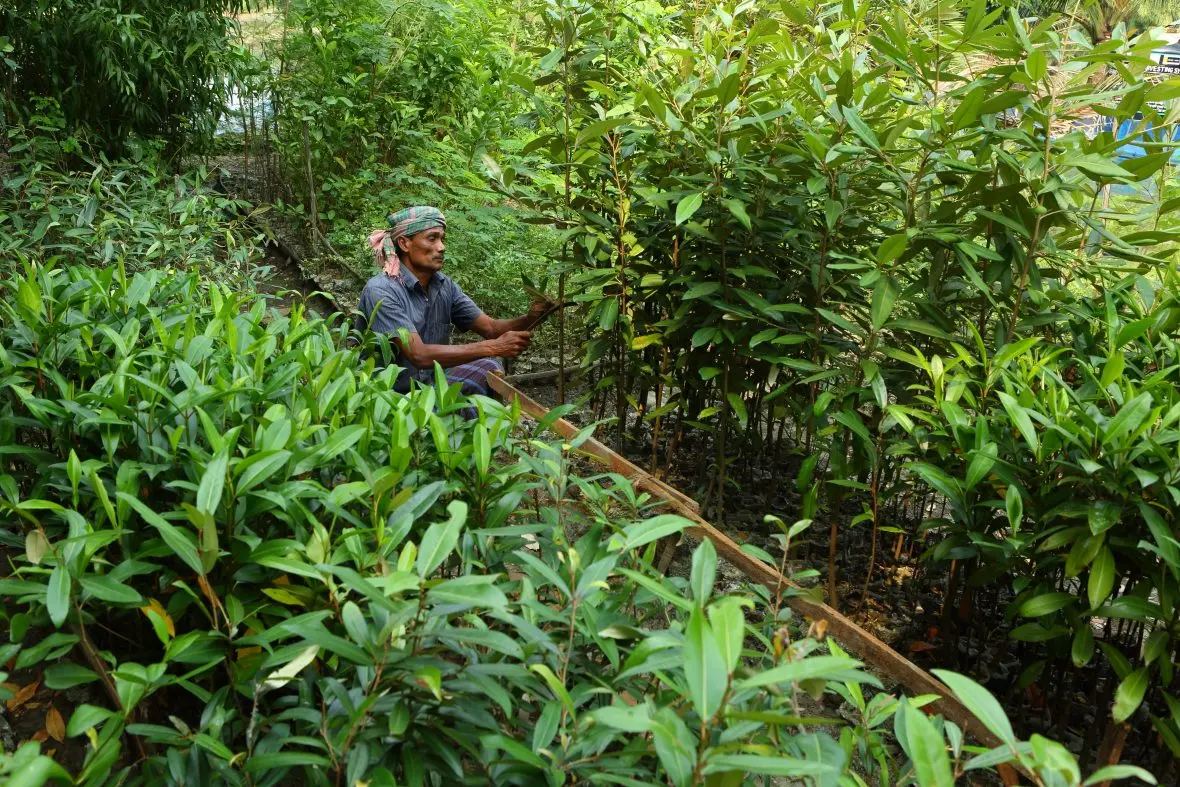
There are many more examples of energy consumption, but let’s switch from the grid to the forest. Trees help to regulate the climate, absorbing the atmosphere’s CO2. Estimates vary, but a mature tree can absorb up to 46 lbs of CO2 each year. In that same amount of time, roughly two acres of forest can offset the CO2 produced by the average car’s annual mileage.
The problem is, when they’re cut down, the carbon that trees have absorbed is released back into the atmosphere. They’re obviously also not there for the next year or the next. Since 1990, the global forest has shrunk by approximately 200 million acres. In 2011, 61 countries signed onto the Bonn Challenge, which pledged to restore 420 million acres of degraded forests by 2030, however progress has been slow (especially in the wake of the pandemic).
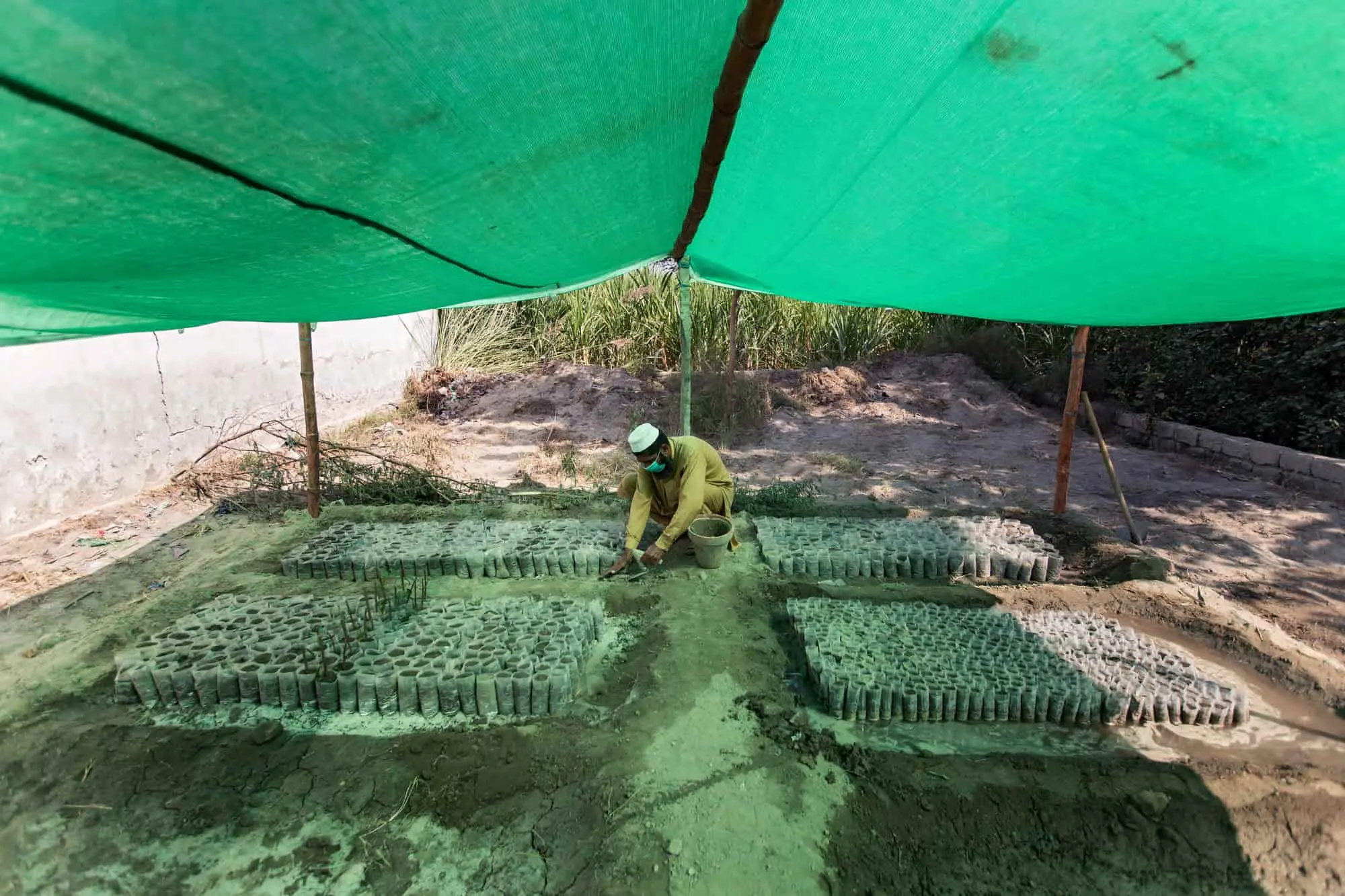
Increased livestock farming has resulted in an increase of methane gases. Both cows and sheep produce methane while they digest their food. According to the University of California at Davis, cattle are the number one producer of greenhouse gases for the global agriculture industry. A single cow will belch nearly 220 lbs of methane each year. While methane has a shorter shelf-life than carbon dioxide, it’s much more damaging when it comes to warming the atmosphere.
Why the increase? The Food and Agriculture Organization has tracked an increase in global meat consumption (including beef) over the years. In 2021, it estimated we consumed more meat than ever before. By 2050 this will, by some estimates, increase greenhouse gas emissions from food production by 60%.
While the carbon footprint of livestock is high, fruits and vegetables don’t get off scot-free. Fertilisers that contain nitrogen have been used to produce more crops, and faster than natural fertilisers like manure and ground bone (which have been used for millennia). Unfortunately, these fertilisers also produce nitrous oxide emissions. According to one MIT report, “Although nitrous oxide accounts for only a small fraction of worldwide greenhouse gas emissions, pound for pound, nitrous oxide warms the planet 300 times as much as carbon dioxide.”
As greenhouse gas emissions were reduced, fluorinated gases, also known as F-gases, gained in popularity. Use in Europe doubled between 1990 and 2014, in part because F-gases don’t destroy the ozone layer. However, they’re still greenhouse gases. According to the European Commission, the global warming effect of F-gases is as much as 23,000 times greater than that of carbon dioxide.
You may not be familiar with F-gases, which include hydrofluorocarbons (HFCs), perfluorocarbons (PFCs), sulphur hexafluoride (SF6), and nitrogen trifluoride (NF3). However, they play an invisible role in our day-to-day lives. Nitrogen trifluoride is used in the LED light bulbs and flat-panel screens. HFCs power refrigerators and air conditioners, as well as fire extinguishers, aerosols, and heat pump equipment. PFCs are a standby in the electronics, cosmetic, and pharmaceutical industries. And SF6 has been used as an insulating gas and in high-voltage switchgear.
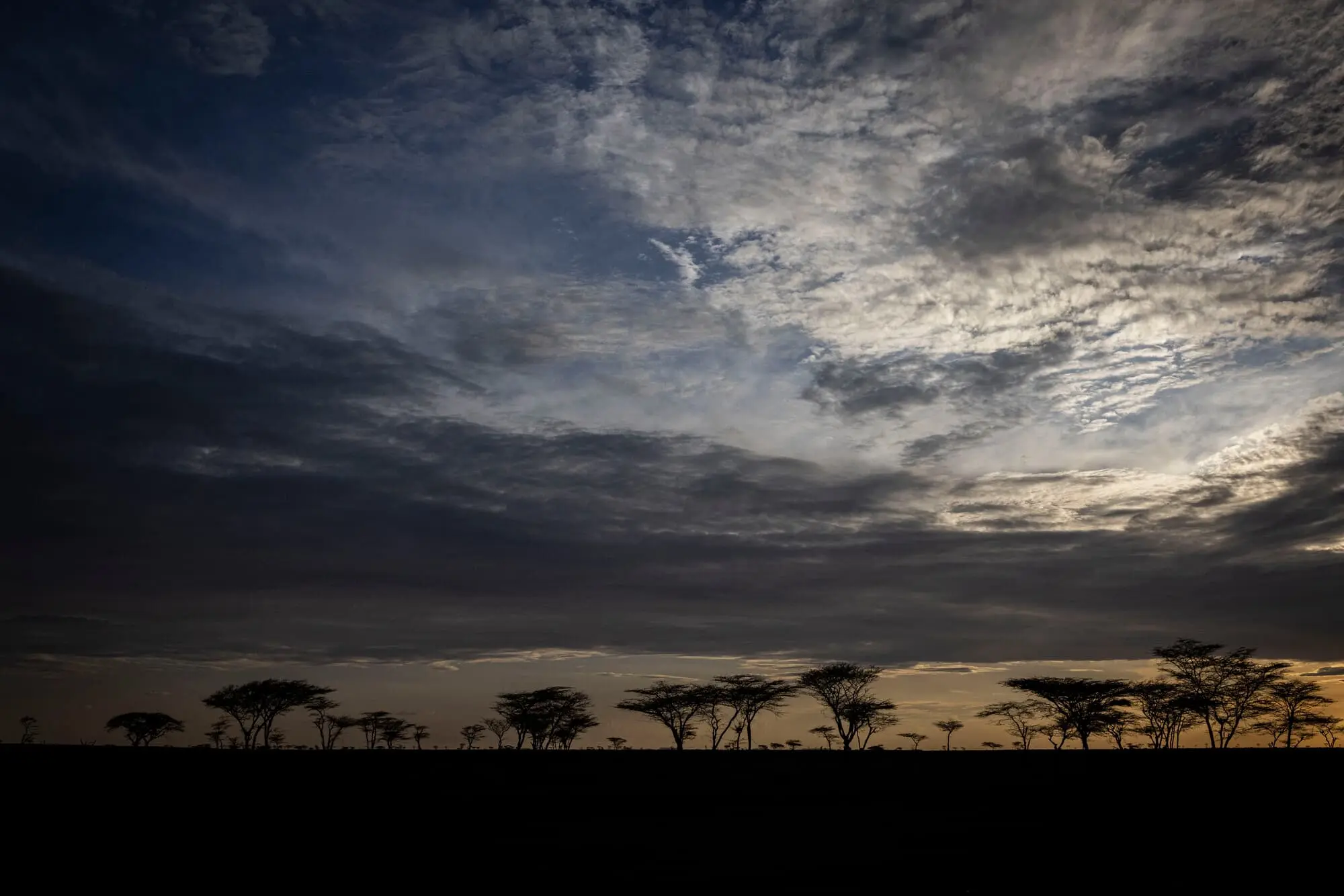
The effects of climate change fuel the cycle of poverty.
The climate crisis has changed weather patterns, increasing flooding and drought to the point that a once-every-decade event has become an almost annual recurrence. This plays havoc with planting and harvesting seasons, something Concern has witnessed in each of the 25 countries where we work.
Small-scale farming and pastoralist families, already vulnerable to extreme weather, are being hit the hardest as these events compromise their livelihoods, food security, and their ability to cope with other unexpected necessities in their day-to-day lives. Less money from a poor harvest means that a small medical emergency can become an even more dire setback.
Undernourishment, especially in children under the age of 5, tends to be most prevalent and severe in countries hit hardest by climate change — which are also, quite often, the countries that have some of the smallest carbon footprints.
Climate change is also a key cause of forced migration. Extreme weather events cause 22 million people to flee their homes each year, some for a short period, others for much longer stretches. This becomes even more dire in areas affected by both climate and conflict — the two of which often exist in a symbiotic relationship. Conflict worsens the negative impacts of climate change, and climate change can increase the severity of conflict.
The COVID-19 pandemic has affected every system that drives our societies. In many cases, such as transportation, it’s also raised questions and given us an opportunity to reevaluate. This may be the greatest opportunity we have to address climate change. Climate action demands a fair but urgent global transition to clean and renewable energy; the pandemic offers us a window to reorient and build back better. But that window is closing fast, and time is one resource we can’t sacrifice in this response.
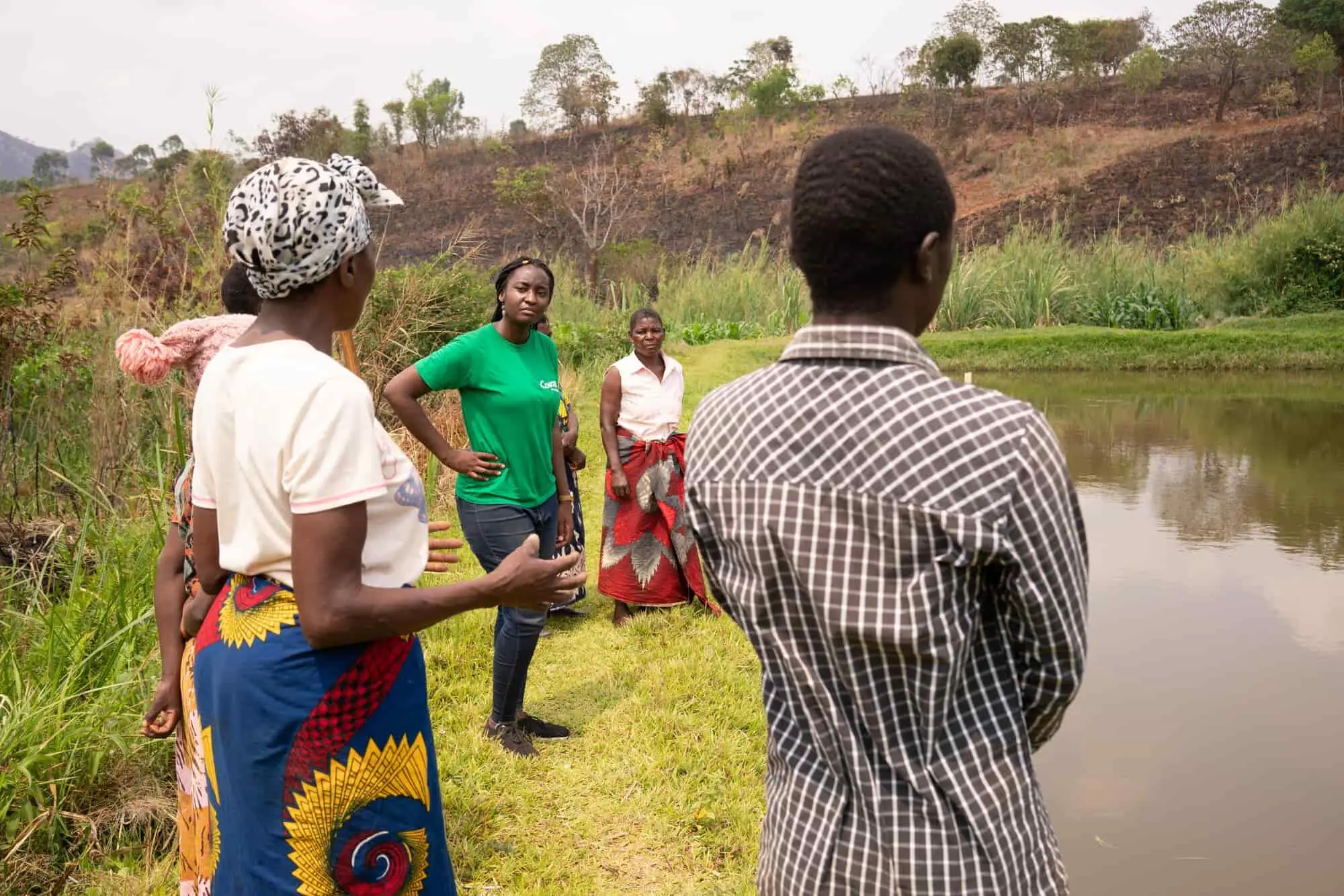
Those who bear the least responsibility for climate change suffer its effects the most. These effects include food and water scarcity, lost livelihoods, lower education levels, and gender-based violence. In short, climate change perpetuates poverty.
Our work seeks to strengthen the resilience of communities and ecosystems vulnerable to climate-induced hazards. Concern’s focus on climate adaptation includes Climate Smart Agriculture, which helps farmers to adjust to the effects of climate change through nature-based solutions. Other methods include watershed management, afforestation and reforestation, soil and water conservation, and land rehabilitation. We support the sustainability of these actions through systems strengthening, such as developing effective community-based natural resource management and disaster risk management systems.